Explore the Best AI Image Gallery
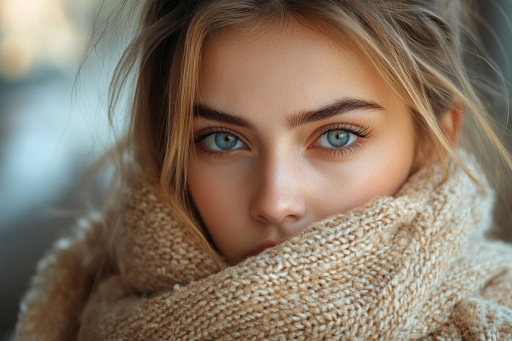
Exploring the Intersection of AI and Digital Creativity
In recent years, artificial intelligence (AI) has emerged as a transformative force across numerous fields, reshaping the landscape of digital creativity. From generating stunning visuals to crafting captivating narratives, AI technologies are making significant strides in the creative industry, allowing artists to explore new horizons and push boundaries like never before.
The Impact of AI on the Creative Industry
AI-powered tools and applications have greatly influenced the creative process, allowing for a blend of human and machine collaboration. This synergy enables artists, designers, and content creators to enhance their creative capabilities and streamline workflows.
1. New Creative Possibilities
One of the most significant impacts of AI is the opening up of new avenues for creativity. Machine learning algorithms, capable of analyzing vast datasets, have been used to generate art, music, and text, often leading to unexpected and groundbreaking results. AI can produce artwork based on certain styles, mimicking the techniques of the great masters or creating entirely new compositions that challenge conventional notions of art.
2. Enhancing Efficiency
Beyond creativity, AI has also contributed to increased efficiency in the creative process. Tools such as automated design software or AI-based writing assistants can save time by handling repetitive tasks, allowing creators to focus on the more imaginative aspects of their work. For example:
- Graphic Design: AI tools can generate layout suggestions based on content, freeing designers to invest their energy into more complex design elements.
- Content Creation: Writing assistants powered by AI can help generate drafts, recommend content structures, or even assist with researching subjects, dramatically reducing the initial workload.
- Music Production: Compositional AI can create unique melodies and harmonies, pushing musicians to explore new soundscapes.
Potential Use Cases of AI in Creativity
The realm of digital creativity has seen varied implementations of AI, reflecting the diverse needs of artists and creators:
1. AI-generated Art
Programs such as DeepArt and DeepDream use neural networks to analyze images and generate unique styles of artwork. These tools have made art more accessible, allowing anyone with a smartphone to create visually appealing pieces.
2. Writing and Storytelling
AI storytelling tools like OpenAI’s GPT-3 can assist writers by suggesting plots, character developments, or even entire chapters. With proper guidance, these tools enhance storytelling by generating varied ideas and perspectives.
3. Game Development
In the gaming industry, AI-generated content can create immersive environments, dynamic narratives, and responsive game mechanics, enhancing player experiences and engagement.
Ethical Considerations
As AI continues to influence creativity, ethical considerations arise that challenge both creators and consumers:
1. Authorship and Originality
Questions surrounding authorship become paramount as AI-generated works raise issues about originality. Who holds the copyright of an artwork made by a machine? As these technologies develop, it becomes crucial to define creative ownership and rights.
2. The Risk of Homogeneity
While AI is capable of generating diverse outputs, there is a danger of homogenization—where similar styles and themes dominate, negating true originality. The challenge lies in ensuring that AI remains a tool for enhancement rather than a replacement for the unique human touch that characterizes creativity.
3. Bias in AI Algorithms
AI systems reflect their training data, which may include biases. When these biases are inadvertently perpetuated in creative outputs, they can result in narrow representations of culture and creativity. Addressing bias in AI must be a priority for developers and artists alike.
Future Trends in AI and Digital Creativity
Looking forward, the fusion of AI and creativity is set to evolve further:
1. Greater Collaboration
We can expect an increase in collaborative projects between AI and human creators, producing works that blend machine precision with human emotion. This will foster a new genre of art that deeply resonates with audiences.
2. Personalization
AI technology will enhance personalization, tailoring creative outputs to specific audiences or individual preferences. This can transform marketing, gaming, and even film, creating experiences that feel more engaging and tailored to viewers.
3. Democratization of Creativity
As AI tools become more accessible, more individuals will harness these technologies, breaking down barriers to creativity. Expect a wider range of voices and perspectives as diverse creators leverage AI to express themselves.
Conclusion
The intersection of AI and digital creativity is a dynamic landscape that presents both thrilling opportunities and complex challenges. As we navigate this evolving terrain, it is essential to remain mindful of the ethical implications while embracing the innovative potential of AI. By appreciating the balance between technology and human creativity, we can unlock a future where both thrive, leading to an enriched cultural tapestry.

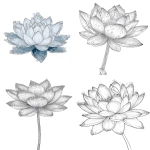

](https://images.ai-img.art/thumbnails/150/ee39b48174d35bcc806cad3ec9cf220071a8f6c0cf967db3e3494d1f41210129.webp)

](https://images.ai-img.art/thumbnails/150/c37134f46081799e67131f46f7812c0c31faa3349a612bde0f5fd3554961892c.webp)
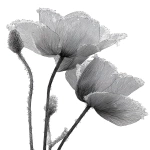
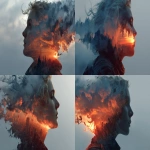

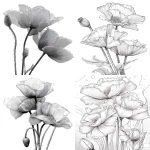
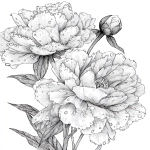


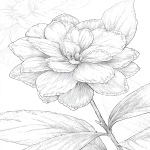
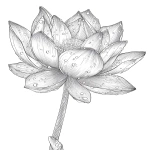
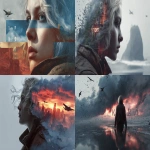

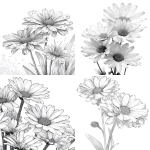
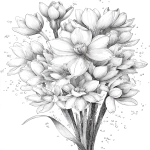
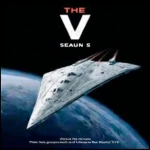
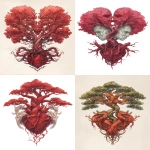


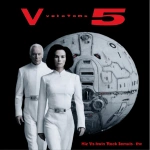
](https://images.ai-img.art/thumbnails/150/556113bc149043075f69598fbc4915714d21f9d47031a08a7575aff4ae7e6e6a.webp)

](https://images.ai-img.art/thumbnails/150/daf4013ace080f36040c81c2bfa625ced8d39bc647e9c071c33be588177ba52d.webp)
](https://images.ai-img.art/thumbnails/150/eadae7bc8f86e8ce7f86adaccfe31b224464bdf0c6f089eeed1133445b6c2d98.webp)

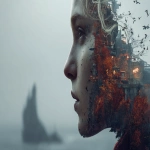
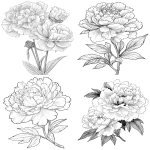
](https://images.ai-img.art/thumbnails/150/04fb0175cf1e0e99e5bdb2bf089beaa4372ab68341e2de1a2ac91160e562c1dc.webp)
](https://images.ai-img.art/thumbnails/150/fbe13ead561a13df4a83a4a8bbe4dfa82e2b4e3b646c7d448a7db8a399fe9fff.webp)
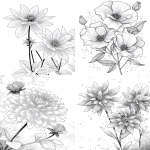
](https://images.ai-img.art/thumbnails/150/4033d48d79eff1f42e42c8516d6432c4e8232a6e813750f3b53a70e524ea3ac8.webp)
](https://images.ai-img.art/thumbnails/150/6383a0dfa65fd6acaa8578ce5bf88ae842f04e8e1bd57afb464693e074552551.webp)


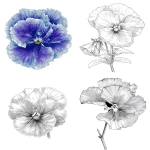
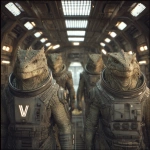

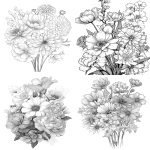
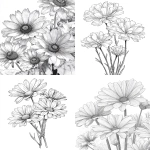
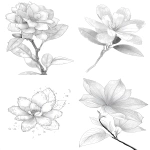
](https://images.ai-img.art/thumbnails/150/a2279a4773c6672cab6d1c3a08370b869ebd61a0e87883338841bfd1dc6b3dd6.webp)
](https://images.ai-img.art/thumbnails/150/5313dbf71fc9396bec8b098e49575cef0d04464f851b37e775a162320eb7f5c0.webp)
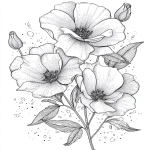
](https://images.ai-img.art/thumbnails/150/9001a31ea1e3005593fe67f7a21ecc32f331b4bee215e387bd6fb6f6eff32fad.webp)

